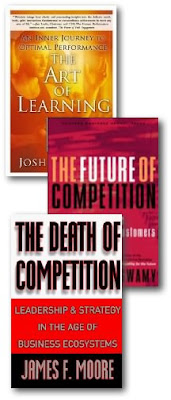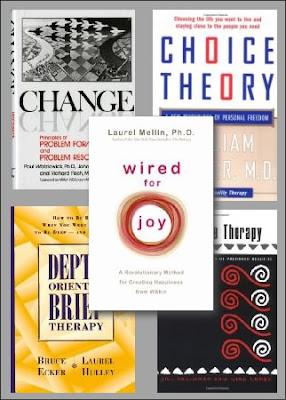Your present situation may be very hypnotic. It may have you in a spellbound trance where you're waiting for something to change. It then has you convinced that you'll do something different or differently after there is something different to do. Meanwhile you're "keeping on keeping on" as if doing the same old thing is better than doing nothing.
Strategic thinking is way to wake up and be the source of a change in your situation. It provides the means to change your mind in a way that changes your world. Strategic thinking says you can leverage your present situation to get to a better situation instead of waiting for the better thing to come along. It explores the freedom within constraints instead of seeking freedom from constraints. Strategic thinking challenges the premise that your conduct is predetermined by design dictates. It sets you up to use your imposing and unchanging constraints to get more creative and playful.
When constraints over-limit your maneuvers, it appears your lacking what you need to move ahead. It seems you've got to go shopping before you can get things accomplished. You're suffering from a condition of lack, insufficiency and neediness. It's time to throw a pity party and find some commiseration. When you switch to strategic thinking, you can go with what you've already got on hand. It appears you got more than enough to make some headway, make some difference and make some better sense of your situation. You're then thinking about abundance, sufficiency and appreciation for what you've already got working in your favor.
Strategic thinking calls for rethinking the uses, advantages and value of your situation. It sees the familiar facets of your circumstances in an unfamiliar way. By putting limiting things in a new light, it becomes possible to use them in a different way or for a different purpose. Obvious things are no longer as they appear to the untrained observer, but rather appearing as they serve your strategy. You've reframed the imposing obstacles to be significant opportunities for you to leverage in your favor.
Once you've got your situation looking advantageous to yourself, here's some possibilities to explore:
- Revising: What practiced and familiar routines can you revise in order to have a different effect? What can you do in a slightly different way to discover what comes of the variation? What habit can you mess up so you pay more attention, consider why you do it that way or think of other ways to get it done.
- Reversing: What if you do something backwards or out of sequence? What will happen if you flip/flop the difference and make the bad into good, wrong into right or useless into useful for the time being? What if you come at this from the other side of it where it's already done, happened or established in order to stop trying to get there and to simply come from there now?
- Combining: What if you get both things done with one effort? How could you get two deals done concurrently by using the lulls in each others' progress? How can opposing things be brought together in ways that spin off other advantages or create new opportunities?
- Exploring: What don't you know about what you already know too well? How could you look into something familiar with different lenses, questions or premises? What is missing in your understanding if your current understanding is one-sided, partially true or only valid in special conditions?
With questions like these in mind, your situation will look easy to leverage in your favor. What previously appear to block your intentions will now seem to be a welcome challenge, a valued resource or source of inspiration to take a different approach altogether.










